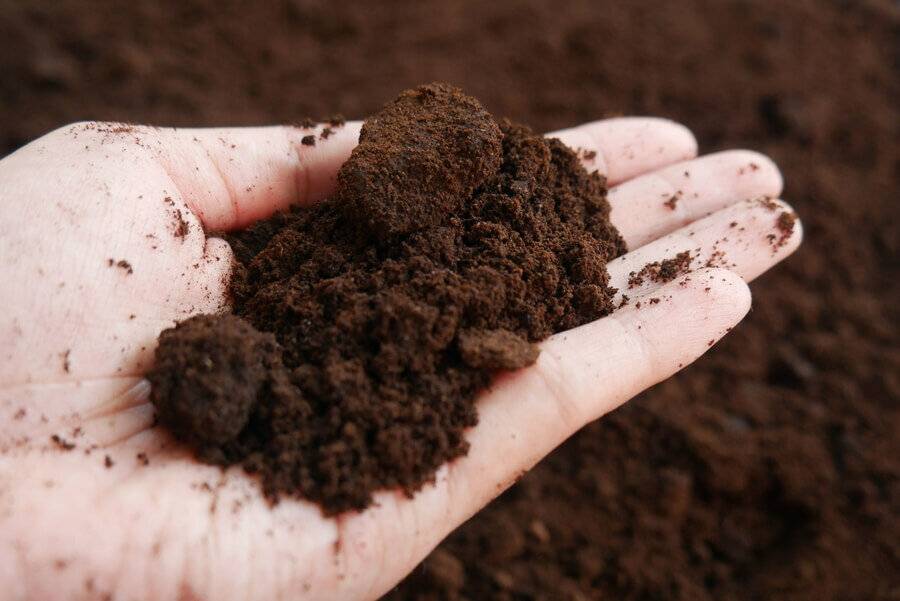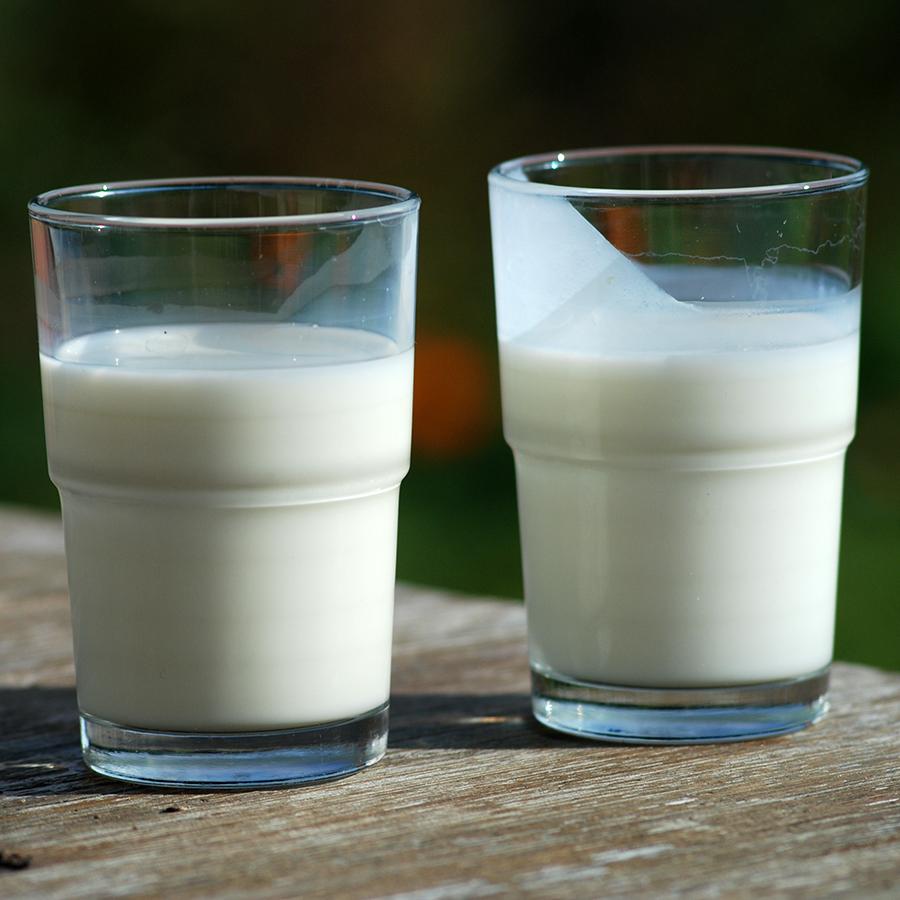Is Green Gobbler Safe for Septic Tanks?
When it comes to maintaining a healthy septic system, choosing the right products is crucial. One popular option on the market is Green Gobbler, a powerful cleaning solution that claims to tackle tough clogs and keep your drains running smoothly. However, before you pour this product down your drains, it’s important to ask: is Green Gobbler safe for septic tanks?
To answer this question, we need to delve into the composition and properties of Green Gobbler. This innovative formula is designed to break down organic matter, dissolve grease, and eliminate odors, making it an appealing choice for those dealing with stubborn clogs. But what about its impact on septic systems?
Septic tanks rely on a delicate balance of bacteria to break down waste and maintain proper functioning. Introducing harsh chemicals or substances that disrupt this balance can lead to costly repairs and potential system failure. Therefore, it’s essential to understand the compatibility of Green Gobbler with septic systems.
| Product Name | Green Gobbler |
|---|---|
| Composition | Powerful cleaning agents |
| Claims | Tackles tough clogs, dissolves grease, eliminates odors |
| Compatibility with Septic Tanks | Unknown |
Unfortunately, the information regarding the compatibility of Green Gobbler with septic tanks is limited. As of January 2022, there is no definitive data or official endorsement from the manufacturer regarding its safety for septic systems. This lack of information raises concerns and highlights the importance of exercising caution.
While Green Gobbler may be effective in clearing clogs and improving drain flow, its potential impact on the delicate ecosystem within septic tanks remains uncertain. Without concrete evidence of its compatibility, it is advisable to proceed with caution and explore alternative septic-safe options.
In the following sections, we will delve deeper into the potential risks associated with using Green Gobbler in septic systems and discuss practical recommendations for maintaining a healthy septic system without compromising its integrity.
The Potential Risks of Using Green Gobbler in Septic Tanks
When it comes to the safety of septic systems, it’s important to consider the potential risks associated with using products like Green Gobbler. While Green Gobbler may be effective in clearing clogs and improving drain flow, its compatibility with septic tanks remains uncertain. Here are some key points to consider:
1. Disruption of the Septic System’s Balance
Septic tanks rely on a delicate balance of bacteria to break down waste and maintain proper functioning. Introducing harsh chemicals or substances that disrupt this balance can have detrimental effects on the system’s performance. Green Gobbler’s powerful cleaning agents may potentially harm the beneficial bacteria within the septic tank, leading to an imbalance and reduced efficiency in waste breakdown.
2. Potential Damage to Septic Tank Components
Septic tanks consist of various components, including pipes, baffles, and the tank itself. Harsh chemicals present in Green Gobbler may cause corrosion or deterioration of these components over time. This can result in leaks, blockages, or even structural damage to the septic system, leading to costly repairs or replacements.
3. Environmental Impact
Septic systems are not only responsible for treating and disposing of household waste but also play a crucial role in protecting the environment. Chemicals that are not septic-safe can potentially leach into the soil, groundwater, or nearby water bodies, causing pollution and harm to ecosystems. Without clear information on the environmental impact of Green Gobbler in septic systems, it is wise to err on the side of caution.
Practical Recommendations for Septic System Maintenance
Given the uncertainties surrounding the safety of Green Gobbler for septic tanks, it is advisable to consider alternative methods for maintaining a healthy septic system. Here are some practical recommendations:
- Regular Pumping: Schedule regular septic tank pumping to remove accumulated solids and maintain optimal functioning. Consult a professional to determine the appropriate frequency based on your household’s size and usage.
- Use Septic-Safe Products: Opt for cleaning and maintenance products specifically labeled as septic-safe. These products are formulated to be compatible with septic systems and minimize the risk of damage or disruption to the bacterial balance.
- Conserve Water: Excessive water usage can overload the septic system. Implement water conservation practices such as fixing leaks, using efficient appliances, and spreading out laundry and dishwasher loads.
- Proper Waste Disposal: Avoid flushing non-biodegradable items, chemicals, or excessive amounts of grease down the drain. These can contribute to clogs and hinder the septic system’s performance.
- Regular Inspections: Have your septic system inspected by a professional regularly to identify any potential issues early on and address them promptly.
Conclusion
While Green Gobbler may offer effective solutions for clearing clogs and improving drain flow, its safety for septic tanks remains uncertain. The lack of concrete information regarding its compatibility with septic systems raises concerns about potential risks and damage. To ensure the longevity and proper functioning of your septic system, it is advisable to exercise caution and opt for septic-safe alternatives. Regular maintenance, proper waste disposal, and the use of septic-safe products are key to maintaining a healthy septic system and avoiding costly repairs in the long run.


0 Comments